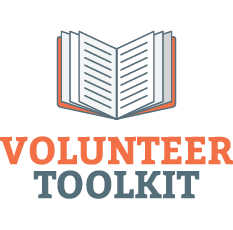Getting Started with Phonics
Phonics refers to understanding the relationship between letters and sounds as they are used in reading and writing. The point of phonics instruction is to provide strategies or ways for dealing with unknown words. We want to help students decode words, because to become good readers, students must be able to rapidly and correctly identify words.
The purpose of phonics instruction goes beyond learning to sound out words. We want students to learn to recognize words quickly and automatically. This will allow them to turn their attention to understanding the text!
Knowledge of phonics is linked to both fluency and comprehension. Dysfluent reading is slow, often with hesitations and inaccuracies; so much mental energy is spent in sounding out the words that comprehension is affected. Fluent reading is a major objective of reading instruction because it is then that the reader can spend more attention to understanding the text.
When working with a student, it is important to allow the student time to analyze when he pauses at an unknown word rather than automatically supplying the word whenever the student is “stuck.” You may also want to tap individual sounds in words and then blend the sounds into a word or syllable. This may be helpful to a student who meets an unfamiliar word and needs help “sounding it out.”
It is easy to fall into the prompt, “Sound it out.” but it may be more helpful to use one of these alternatives:
- What letter to do you see at the beginning (or end) of the word? What sound does it stand for?
- Ask the child to pronounce the first sound in a word and then say, “Now that you have the first sound, say more of that word.”
- If the unknown word contains a familiar word family (a phonogram like –at or –ight….as in cat, flat, night, fright), you might say, “There’s a part of this word that you know. Do you see a part of the word you know?” If the student doesn’t see it on his own, you might use your fingers or paper to frame the part you think he knows, and then ask if he can get the word.
- Can you think of a word that would make sense in this sentence/story/text and begins with these letters?
Have fun with words! Use plastic, magnetic letters on a cookie sheet to create rhyming words or words that begin or end with a particular sound. Manipulating the letters is a great alternative to writing on paper.
Perhaps you would enjoy playing a guessing game in which you give clues to the word on which you want to focus. You would give clues that might highlight phonic elements such as beginning sounds, word families, or vowel patterns. The weekly spelling or vocabulary list would be a good list to use for this game. Give clues to which word you are thinking of, and challenge the student to get the word in no more than five clues. The student writes a guess after each clue is given. (This gives practice with spelling!) You might give clues about the number of letters in the word, the number of syllables, the beginning sound, a word that rhymes, or even a clue to the meaning. Have fun and help the student enjoy words! This is one way to help create a lifelong reader!
Check Your Knowledge
d
